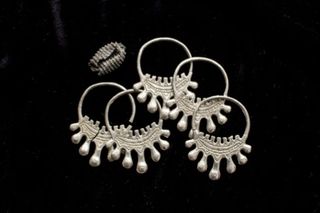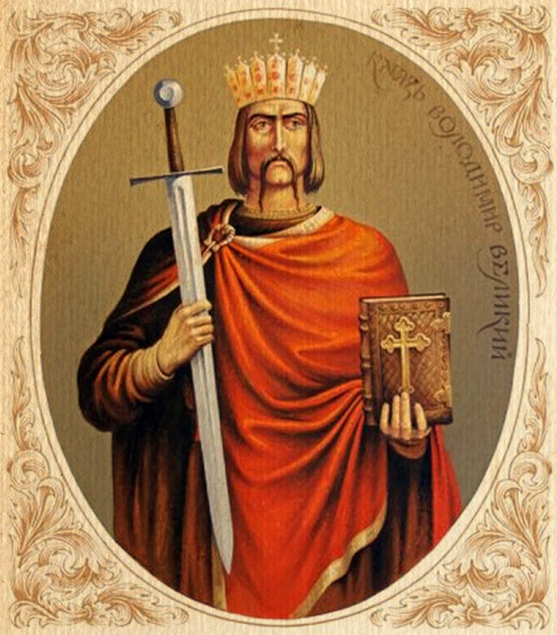The Legends of the Eastern Vikings Sigfús Blöndal memorial conference was held at Laugarvatn on the 21st to 22nd of October. Sigfús Blöndal wrote one of the defining accounts of the Vikings in the east over 50 years ago, but a lot has happened in the field since and at Laugarvatn some of the world’s leading scholars in the field presented their findings. Happily, the papers will be published in a book that should be out next year.
Meanwhile, Sverrir Jakobsson’s The Varangians: In God’s Holy Fire presents an updated account of recent scholarship. And while we wait for the book, here is a radio interview with Þórir Jónsson Hraundal about the conference.
Samfélagið – Flatnefja gæludýr, meðafli og væringjar | RÚV Útvarp (ruv.is)






